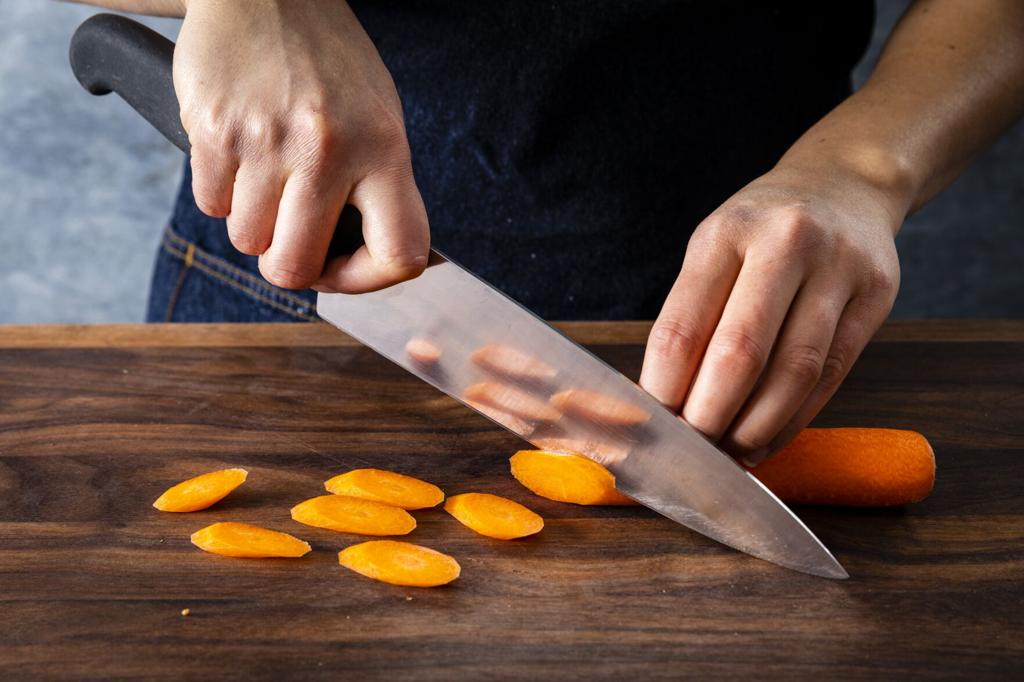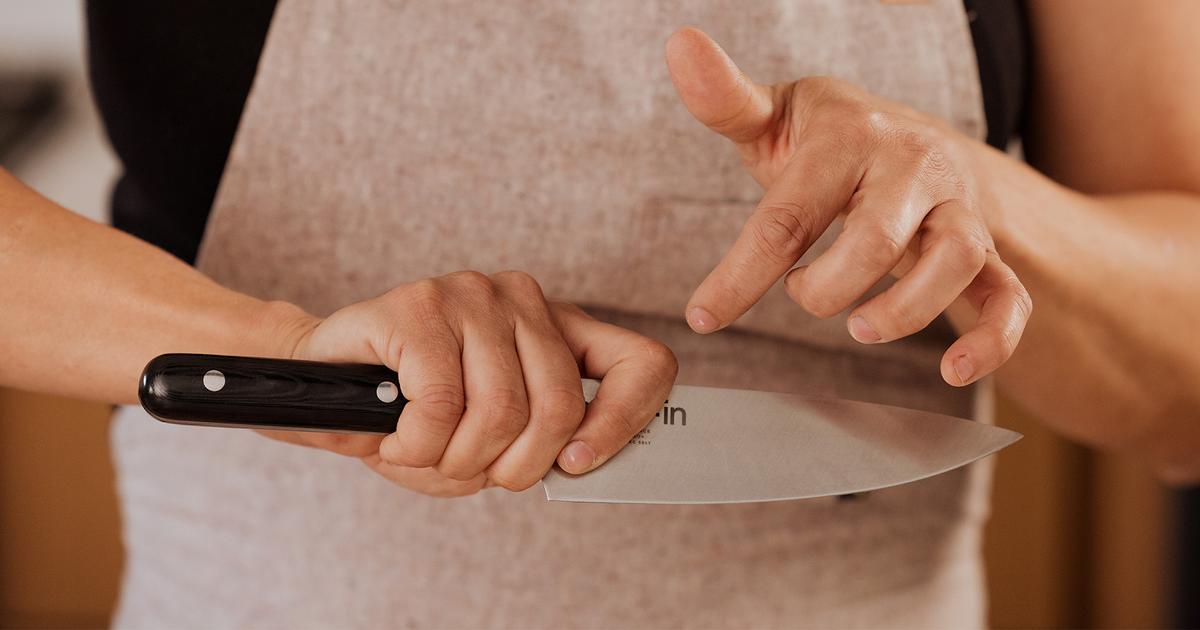When it comes to kitchen tools, the German knife hardness scale is an essential concept that every kitchen professional should grasp. This scale helps determine the durability and performance of a knife, which are critical factors in a bustling kitchen environment. In this article, we'll dive into the intricacies of the German knife hardness scale and how it influences your choice of knives.

What is the German Knife Hardness Scale?
The German knife hardness scale refers to the Rockwell Hardness Scale, a standard used to measure the hardness of materials, including knife blades. The scale is represented by a number followed by the letter 'HRC', which stands for Hardness Rockwell C. For instance, a knife with a hardness of 56 HRC is softer compared to one with a hardness of 62 HRC. This scale is crucial because it provides insight into the knife's edge retention, durability, and ease of sharpening.
Why is Hardness Important for Kitchen Professionals?
For kitchen professionals, understanding the hardness of a knife is crucial. A harder knife, typically ranging from 58-62 HRC, will maintain a sharp edge longer, reducing the frequency of sharpening. However, it can be more brittle and prone to chipping. On the other hand, a softer knife, around 52-56 HRC, is more forgiving and easier to sharpen but will require more frequent honing to maintain a sharp edge.
Choosing the right hardness depends on your specific kitchen needs. If you frequently work with tough ingredients, a harder knife might be more suitable. However, if you prefer a knife that's easy to maintain, a softer blade may be more appropriate.
Comparing German Knives with Japanese Knives
One common question among kitchen professionals is the difference between German and Japanese knives. While both have their merits, they differ significantly in terms of hardness. German knives typically have a lower hardness on the Rockwell scale compared to Japanese knives, which often range from 60-65 HRC. This difference makes German knives more robust and less prone to chipping, while Japanese knives offer exceptional sharpness and precision.
For more on the differences between these two types of knives, you can refer to this comparison of Japanese and German steel.
How to Maintain Your German Knife
Maintaining the hardness of your German knife involves regular care and proper sharpening techniques. It's important to use a honing rod to realign the blade's edge and a whetstone for sharpening. For detailed steps on sharpening, check out this guide on sharpening a German knife.
Additionally, always ensure your knives are clean and dry after use to prevent rust and maintain their hardness over time. Proper storage, such as using a knife block or magnetic strip, can also help protect the blades from damage.
Frequently Asked Questions
What is the optimal hardness for a German knife?
The optimal hardness for a German knife typically ranges from 56-58 HRC. This range offers a good balance between edge retention and durability.
How can I test the hardness of my knife?
The hardness of a knife is usually determined during manufacturing and is sometimes indicated on the packaging. However, you can have it professionally tested using a Rockwell hardness tester.
Does hardness affect the price of a knife?
Yes, the hardness of a knife can influence its price. Knives with higher hardness often require more precise manufacturing processes and materials, making them more expensive.

Conclusion
Understanding the German knife hardness scale is crucial for kitchen professionals seeking to optimize their culinary tools. By knowing how to measure and maintain knife hardness, you can enhance your efficiency and effectiveness in the kitchen. Whether you prefer the robust durability of a German knife or the sharp precision of a Japanese knife, the choice ultimately depends on your individual needs and preferences.
For more insights on kitchen knives, feel free to explore additional resources on knife sharpening myths and knife blade coatings.


























